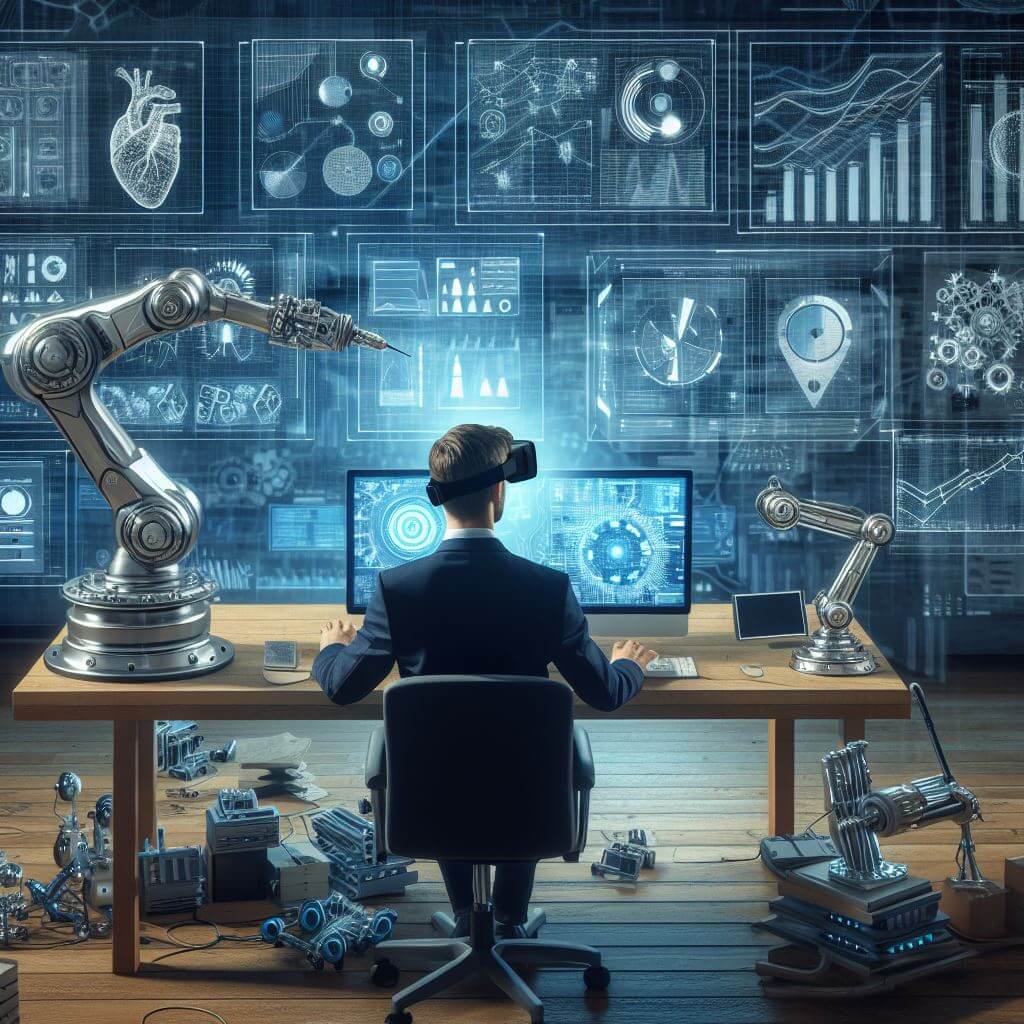In the realm of artificial intelligence (AI), the concept of “Human in the Loop” (HITL) represents a crucial approach to harmonizing the capabilities of machines and the unique expertise of human operators. This synergistic collaboration aims to address the limitations of fully automated systems by incorporating human oversight and intervention. Let’s explore the significance, applications, and implications of the Human in the Loop paradigm.
1. Defining Human in the Loop:
Human in the Loop refers to a model where human intervention is integrated into the AI system. It acknowledges that while AI can handle many tasks autonomously, there are situations where human expertise, intuition, and decision-making capabilities are indispensable.
2. The Role of Human Oversight:
In HITL scenarios, humans play a supervisory role, monitoring AI processes, validating results, and intervening when necessary. This oversight ensures that AI systems align with ethical standards, comply with regulations, and address complex situations that may surpass the current capabilities of automated algorithms.
3. Applications Across Industries:
HITL finds applications across various industries, such as healthcare, finance, manufacturing, and customer service. In healthcare, for example, AI algorithms may assist in medical diagnostics, but human experts are crucial for interpreting nuanced medical conditions and making critical decisions.
4. Enhancing AI Training and Learning:
Human in the Loop is instrumental in refining and enhancing AI models. Human feedback is used to train algorithms, correct errors, and continuously improve performance. This iterative learning process helps AI systems adapt to evolving scenarios and ensures they remain aligned with human expectations.
5. Addressing Complex and Ambiguous Scenarios:
Certain scenarios pose challenges for AI due to ambiguity or rapidly changing conditions. Human in the Loop allows experts to navigate these complex situations, leveraging their contextual understanding, emotional intelligence, and ability to handle unpredictability.
6. Ethical Considerations and Bias Mitigation:
One of the critical aspects of HITL is its role in addressing ethical considerations and mitigating bias in AI algorithms. Human oversight can identify and rectify biases, ensuring fair and equitable outcomes in decision-making processes.
7. Crisis Response and Decision Support:
In high-stakes situations, such as crisis response or emergency management, HITL ensures that human judgment is involved in critical decision-making. AI can provide valuable insights, but human operators contribute their experience and contextual awareness to navigate unforeseen challenges.
8. Future Trends and Developments:
As AI technologies evolve, so does the role of Human in the Loop. Future developments may involve more sophisticated interfaces for human-AI interaction, improved mechanisms for real-time feedback, and the integration of HITL in emerging fields like autonomous vehicles and advanced robotics.
9. Balancing Automation and Human Expertise:
The key challenge in implementing HITL is striking the right balance between automation and human intervention. Finding optimal workflows and determining when to hand control to humans or AI depends on the specific application and its associated risks.
10. Industry Standards and Guidelines:
Given the growing importance of HITL, industry standards and guidelines are emerging to ensure responsible and ethical implementation. Organizations and policymakers are actively working on frameworks that govern the collaboration between humans and AI systems.
In essence, Human in the Loop represents a pivotal strategy for achieving the full potential of AI while recognizing the irreplaceable qualities of human expertise. As technology continues to advance, the collaborative relationship between humans and machines in the loop will play a crucial role in shaping a future where AI augments human capabilities, leading to more informed, ethical, and effective decision-making across various domains.


Leave a Reply